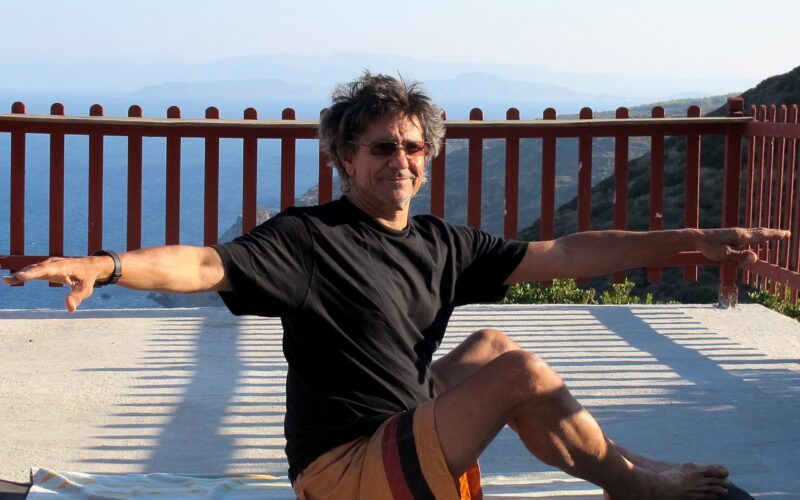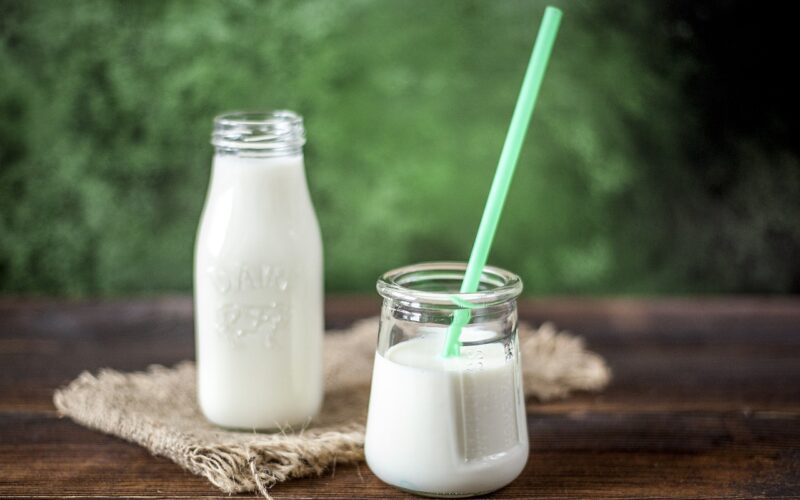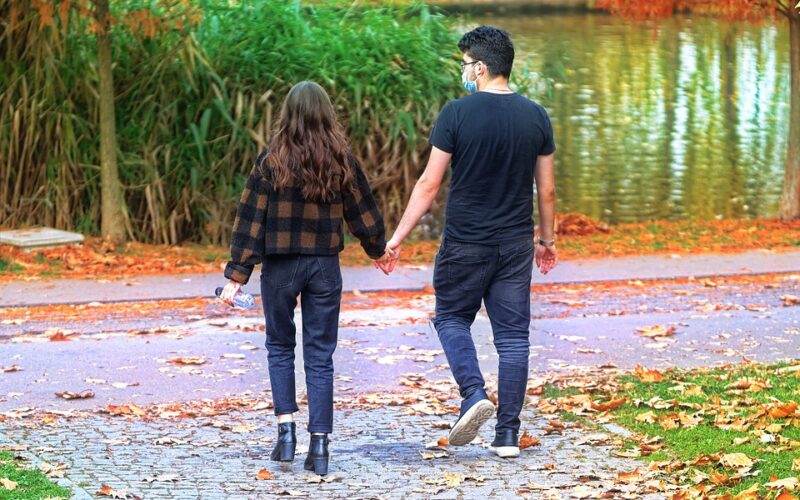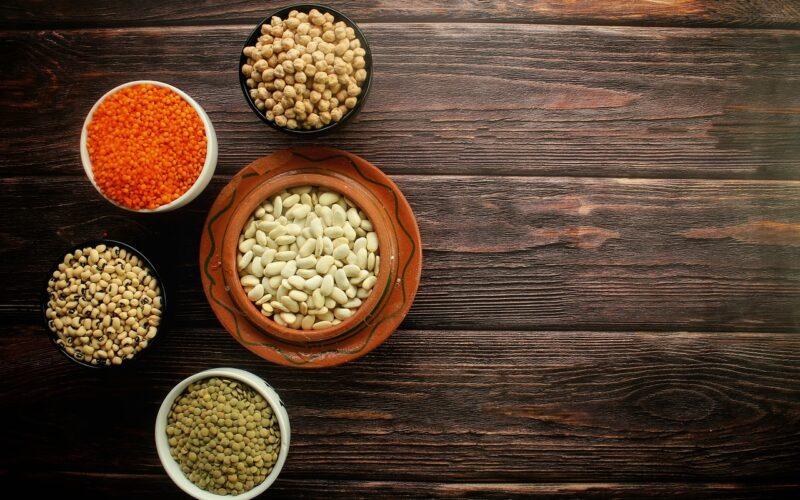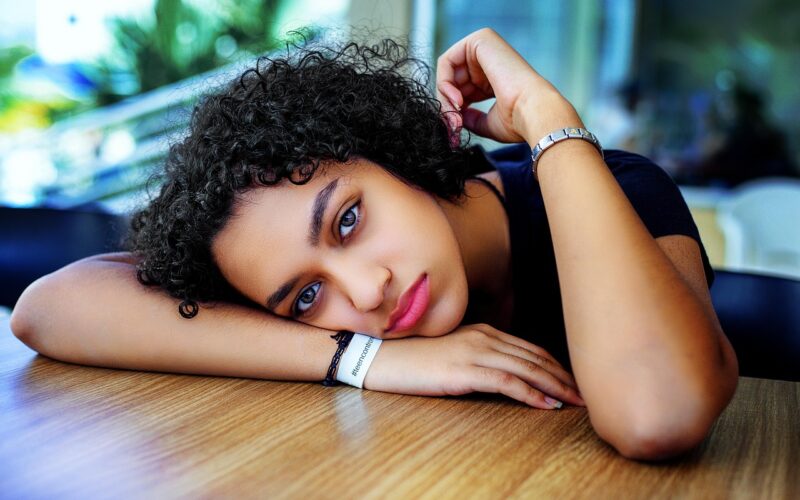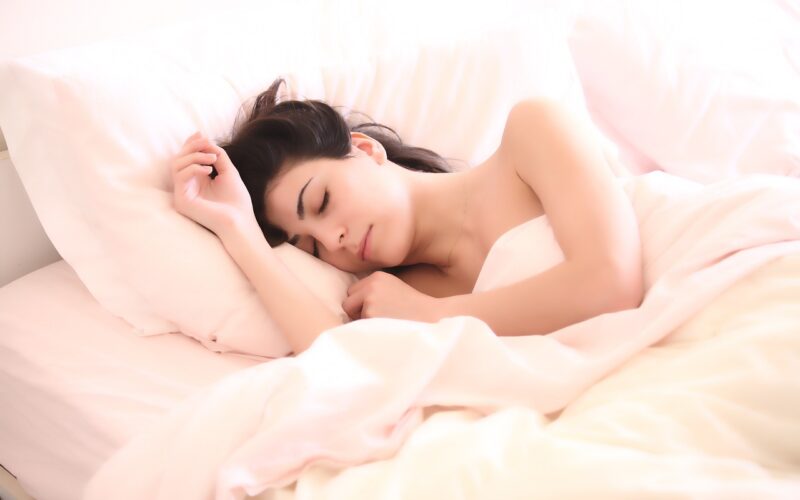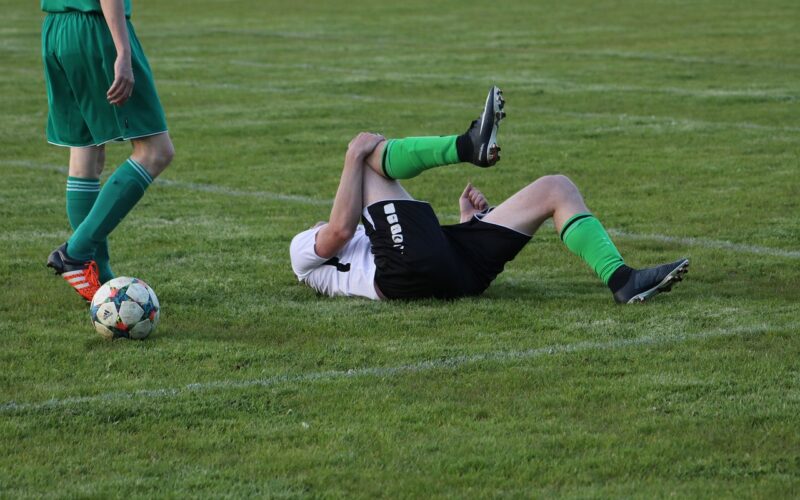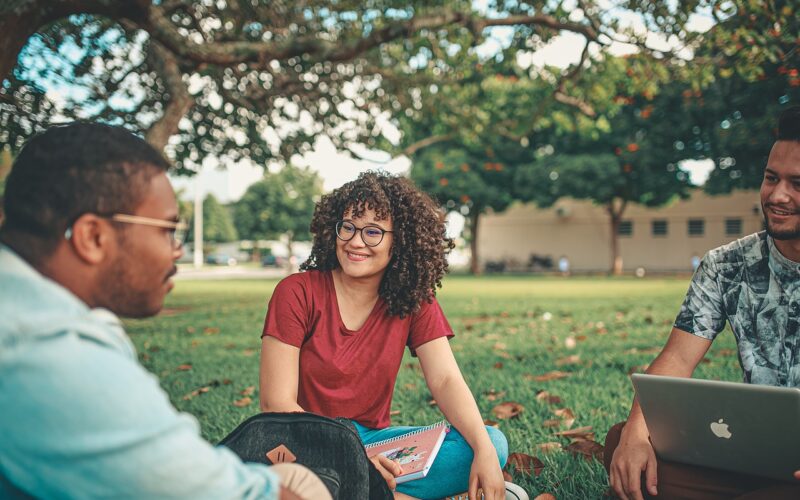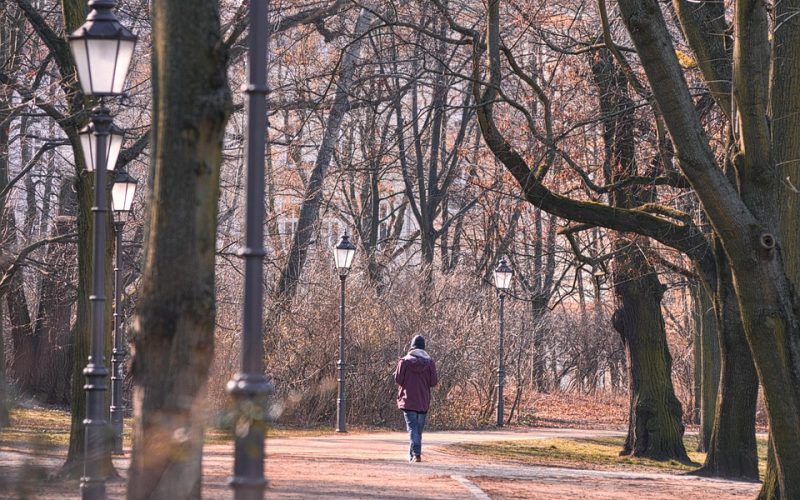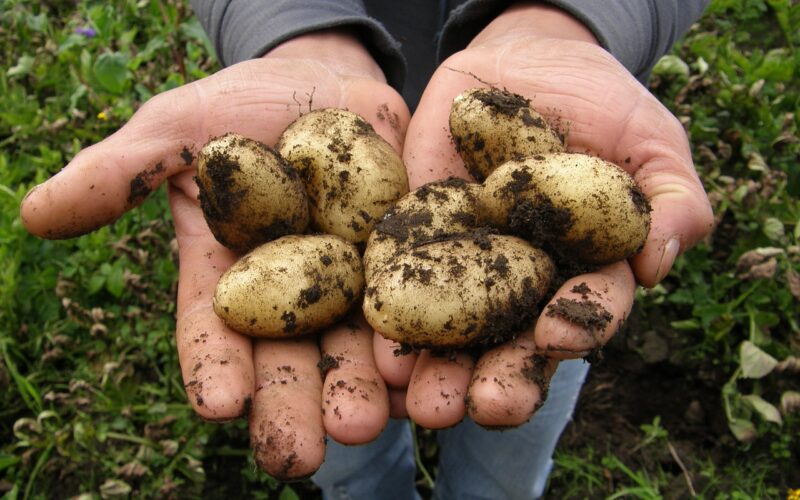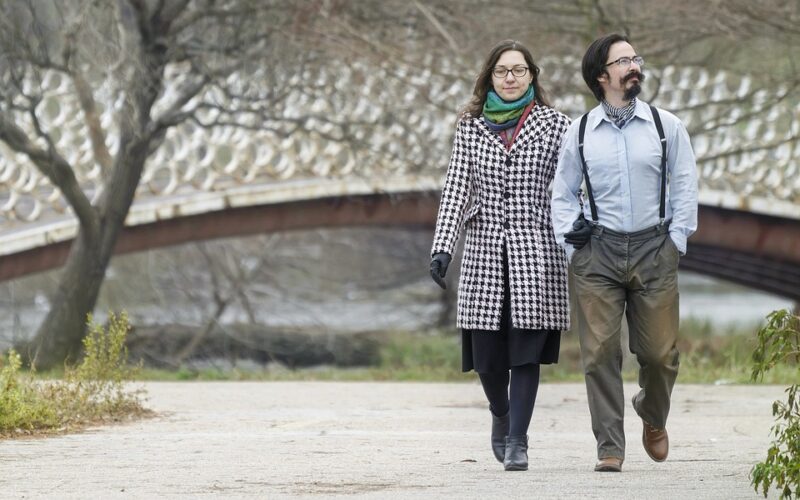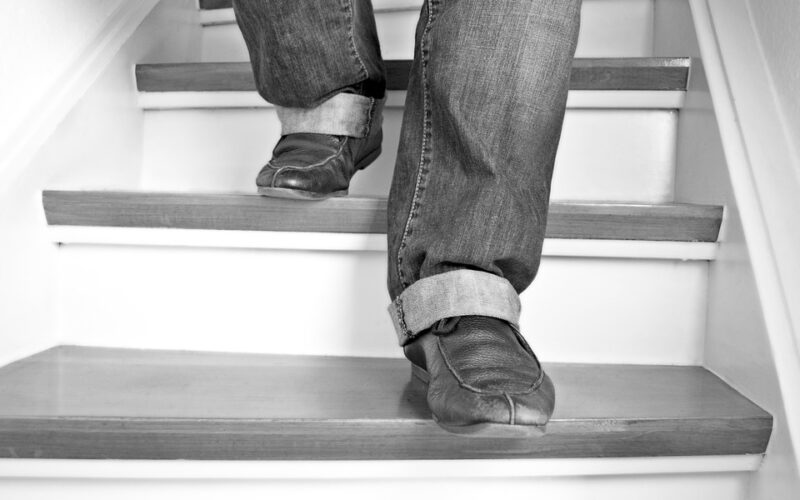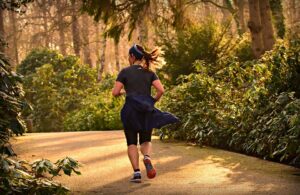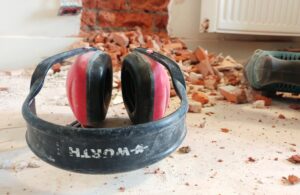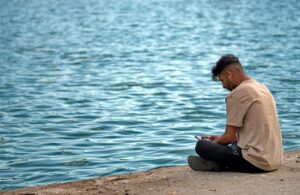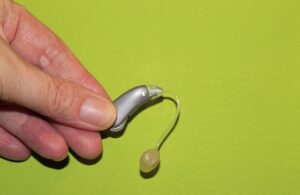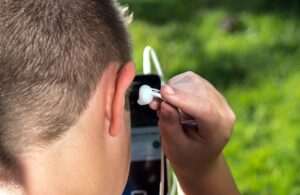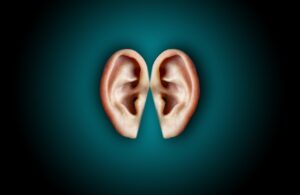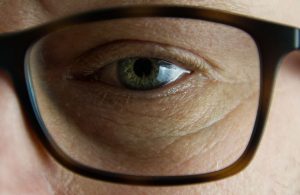As we age, it’s natural for us to feel the effects of our advancing years in both body and mind. But there are ways to stay active, healthy and fit even as we mature like yoga and Pilates.
Increasingly popular with men and women experiencing its many benefits, these two disciplines can provide an excellent way to take some important steps that will safeguard our health from head to toe. Let's look at how yoga and Pilates can be beneficial specifically for older people like you. From improved flexibility and balance to increasing your energy levels - discover why these two forms of exercise could be exactly what you need.
Physical and mental benefits of yoga and Pilates
As we age, it's essential to adopt healthy habits to preserve our physical and mental well-being, and yoga and Pilates are two excellent forms of exercise for older adults. Both practices strengthen the body's muscles, helping prevent falls and other injuries, and promote flexibility and balance. But while Pilates focuses on strengthening the core muscles, yoga takes a more holistic approach, involving breathing techniques, meditation, and mindfulness that can lead to mental health benefits.
Some might ask, why yoga is good for mental health?
Practicing yoga can help reduce anxiety and depression, improve cognitive function, and enhance overall well-being. It's a low-impact form of exercise that can be adapted to different fitness levels, making it an ideal choice for older adults looking to improve their health and quality of life.
Different types of yoga and Pilates classes
If you're looking to incorporate yoga or Pilates into your fitness regimen, it's important to know that there are different types of classes available for beginners and advanced practitioners alike.
A popular question asked is is Pilates and yoga the same?
While both disciplines focus on improving flexibility, strength, and balance, they differ in their approach and movements. Pilates tends to be more regimented and focuses on core strength, whereas yoga incorporates a wider range of movements and is known for its mind-body connection.
With variations like hot yoga, vinyasa, and power Pilates, there's a class out there for everyone, regardless of their experience level. So next time you're deciding between a yoga or Pilates class, consider your personal fitness goals and try out a few different options to find the one that works best for you.
Increase flexibility through stretching exercises
As we age, our bodies tend to become less flexible, making it difficult to perform certain activities and increasing the risk of injury. However, with regular stretching exercises, older individuals can enhance their flexibility and improve their overall mobility. The key is to stretch both before and after practice or exercise.
Before practice, a light warm-up followed by a gentle stretching routine can help to prepare the muscles for the physical activity ahead.
After practice, it is essential to cool down and again, stretch to prevent muscle soreness and tightness. Incorporating stretching exercises into a daily routine can be beneficial for older individuals looking to maintain their flexibility and mobility.
Stay safe while practicing yoga or Pilates
The older we become, our bodies require extra care to stay healthy and injury-free. Practicing yoga or Pilates can be an excellent way to maintain flexibility, strength, and balance.
However, it's crucial to take precautions to avoid any mishaps while exercising. Proper posture and using the right equipment are both crucial to ensuring a safe experience for older individuals. Maintaining correct form helps prevent muscle strain and injury, while using props like blocks or straps can provide extra support and stability.
Whether you're a seasoned practitioner or just starting, following simple safety tips can enhance your enjoyment of these rewarding activities while keeping you feeling great.
Incorporating relaxation techniques
Incorporating relaxation techniques into your yoga or Pilates routine can greatly enhance your overall experience and leave you feeling at peace in both mind and body. A simple way to start is by incorporating deep breathing exercises, also known as pranayama, into your practice.
This helps reduce stress and anxiety, while promoting physical relaxation. Another technique is the use of aromatherapy, incorporating essential oils such as lavender or peppermint into your practice can promote relaxation and increase focus. Restorative poses can also help to calm the nervous system and decrease tension in the body.
Lastly, incorporating meditation can help to quiet the mind and achieve a deeper sense of relaxation. By implementing these relaxation techniques into your routine, you can take your yoga or Pilates practice to the next level and reap the benefits of a more relaxed and focused mind and body.
Find a quality instructor
Finding the right instructor can make all the difference to your yoga or Pilates practice. As with any kind of teaching, it's important to find someone who is knowledgeable and experienced. However, it's also essential to find an instructor who can tailor their approach to meet the individual needs of their students. A good instructor will take the time to get to know each student, assess their strengths and weaknesses, and provide guidance and support that is tailored to their unique situation. The best way to find a quality instructor is to do your research.
Look for reviews, ask for recommendations, and attend a few Pilates or yoga classes to get a sense of the instructor's teaching style before committing to a course. By taking the time to find the right instructor, you'll be well on your way to achieving your fitness goals and reaching your full potential.
